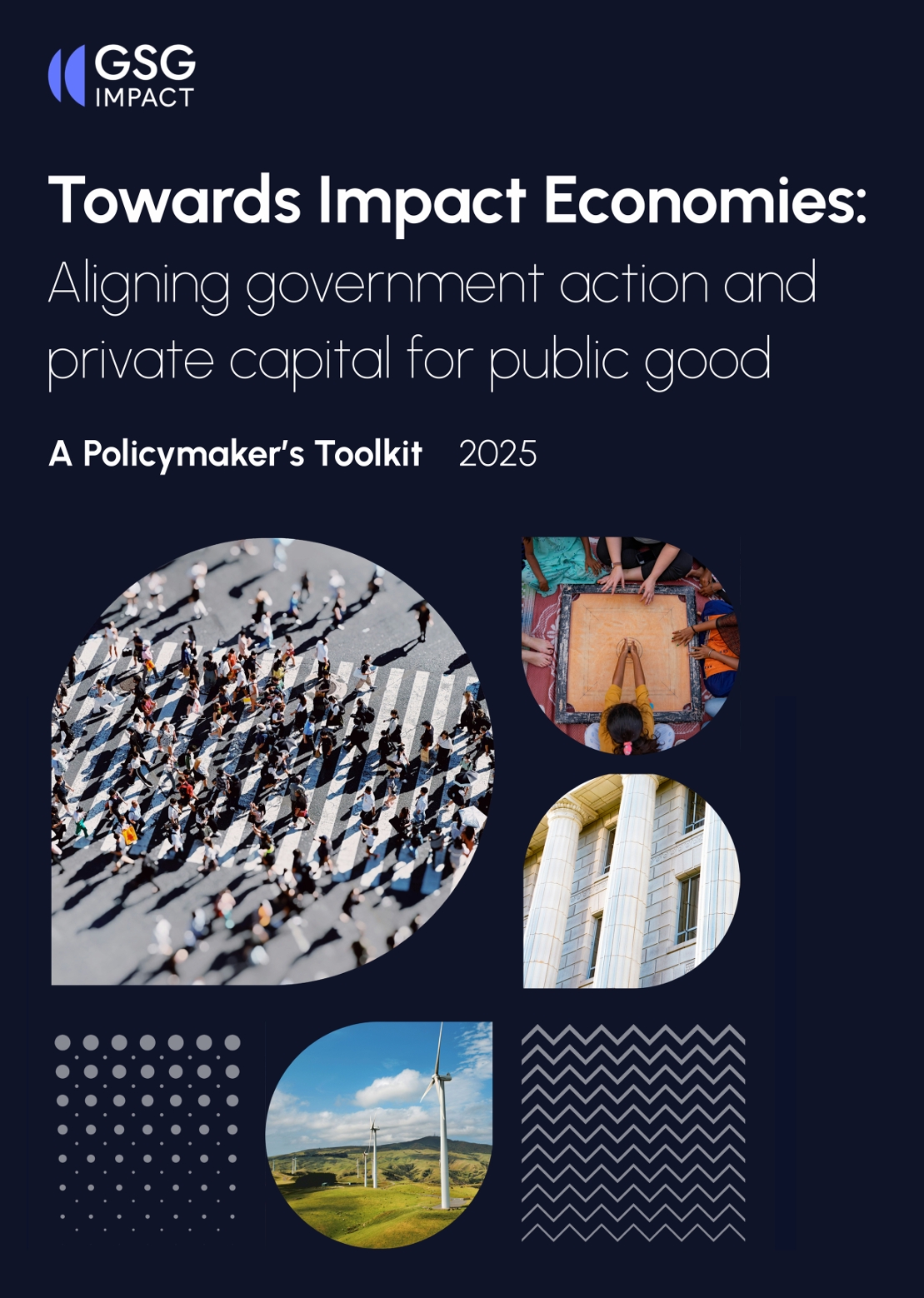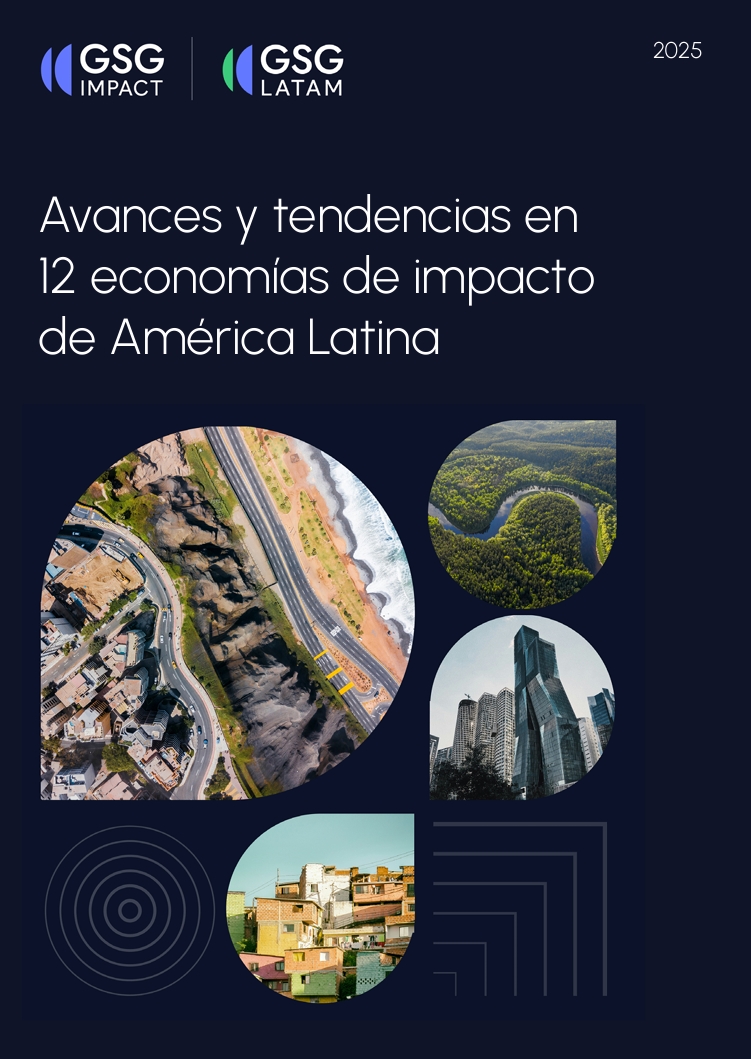
How you can best optimise for impact, risk, and return — the new ‘IRR’
You can choose which outcomes to focus on and where on the impact, risk, and return spectrum to deploy your capital.
Inspired by the SDGs and the just transition to Net Zero — or by specific local issues personal to you, your family and friends — the choice is yours. All you need is to know what outcomes you seek to achieve (or follow or support others in their declared impact goals).
If you have access to the privileged resource of available capital, then the responsibility is on you to ensure that you allocate it for positive impact. You can choose where and how to invest.
There are increasing numbers of investment portals and apps (e.g. Freetrade) that help you screen public market investments for gender equity, climate, inequality and other impact issues. Private investing, especially in early-stage, impact-led social enterprises can also be a good place to start.
The MakeMyMoneyMatter¹ campaign has highlighted that switching your pension to be greener is 21x more impactful on carbon emissions than changing your own personal energy, travel and food consumption behaviour.
At latest count JP Morgan has 50+ different impact strategies available to its private bank clients. Bluemark’s Making-the-Mark² report ranks the top impact-oriented private equity impact managers, namely Bain Capital Double Impact, Finance in Motion, LeapFrog, Nuveen PE Global Impact, Trill Impact. And there are thousands more managers and direct investment opportunities with social entrepreneurs and businesses queuing up for your engagement and investment.
Anyone screening out negative impact through ESG investing can achieve some impact, but a true impact investor, entrepreneur, or company aims to intentionally solve specific environmental or social issues, and measure their progress against those goals with open-source recognised standards. At the furthest end of the spectrum, before ‘capital-loss’ philanthropy, are investors who target concessionary returns to maximise impact outcomes, using innovative finance structures, often in partnership with development finance institutions on ‘blended finance’ investments.









